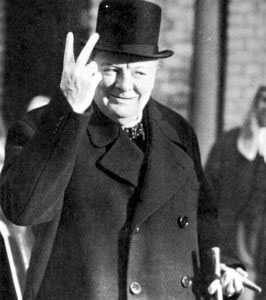Employee relations refers to "an assortment of employer initiatives for improving workplace communications, for engaging employees either directly or indirectly in decision making and for securing employee compliance with management rules through disciplinary action" Bratton & Gold, 2007.
Employee relations is concerned about the relationships between policies and practices of an organisation and its staff. The content of the policy will be affected by a variety of different factors including:
- size and type of the organisation
- structure and methods of operation
- nature of staff
- strength of trade unions
- attitudes of top management
Employee participation comes about from the pluralist approach. It provides for employees to have a say in decisions that affect the company and is supported by legislation. It gives employees rights to have consultation meetings to discuss any changes that may happen within the organisation that could affect them, and also to discuss the economic status of the business. It protects the employees interests from when there is resistance from the management. Trade unions are used in this sense when there is a disagreement between staff and management and workers councils such as staff consultant committees are used to keep staff involved.
Employee involvement is a unitarist approach as it is about management encouraging employees to be committed to the organisations values and objectives. Some ways in which this is done include sharing information, consultation, financial participation, quality improvements, individuals and community.
Some organisations now use social networking sites to involve staff, both existing and potential employees. Many of them have a 'fan page' on facebook. Twitter is a another site that companies may use. There is also MySpace, but that is less popular now after the emergence of twitter and facebook. Agency companies create groups on facebook to advertise that they are recruiting staff, there are a lot now where staff are needed over the summer period and particularly aimed at students. An example of this is re_hospitality, an events agency. Other companies may use twitter to keep in contact with employees. It is also useful for advertising. Some companies use Blogs, such as Apple ("iPod's dirty little secret") they also have an Apple students group on facebook. BA have a microblogging account on twitter. Adidas have a MySpace.
In conclusion, employee relations how the staff and the management get along as to the policies and objectives of the organisation. There are two approaches to this which are the unitarist and pluralist. Pluralist approach fits in with employee participation in which employees have more empowerment and have a say in the changes in the business and are told about the economic situation with anything that may affect their job. The unitarist approach relates to employee involvement and how the company's management and staff all have the same goals and beliefs. Trade unions are only required when following the pluralistic approach. Many companies nowadays may also involve employees by using social networking sites such as twitter and facebook.
Bibliography
- Mullins, L.J. (2010). Management & Organisational Behaviour. 9th ed. Essex: FT
- http://business.timesonline.co.uk/tol/business/career_and_jobs/best_100_companies/
- Brottlund, B. (2009). Companies using Social Networking to Boost Sales. Available: http://www.resourcenation.com/blog/companies-using-social-networking-to-boost-sales/. Last accessed 2011.
- Kim, P. (2008). A List of Social Media Marketing Examples. Available: http://www.beingpeterkim.com/2008/09/ive-been-thinki.html. Last accessed 2011.
























